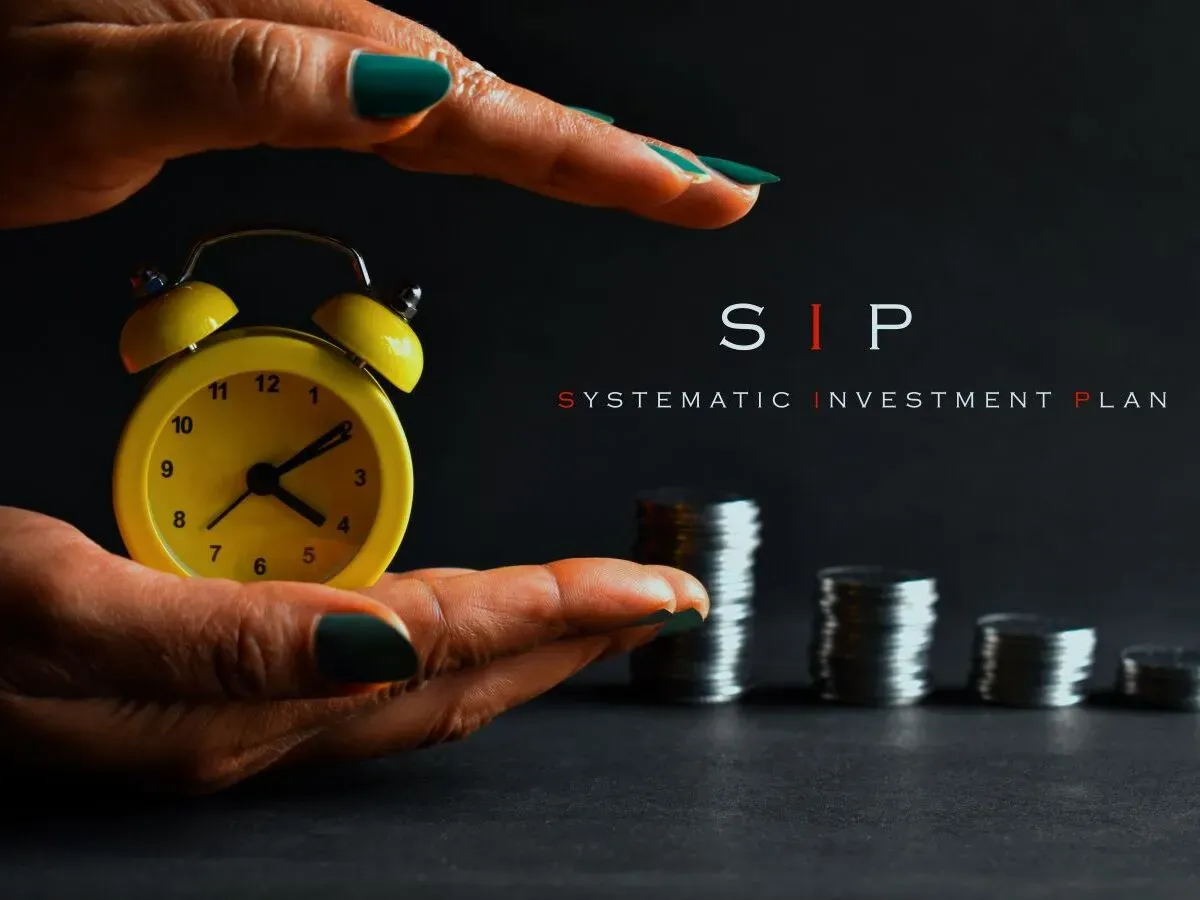Personal Finance News
SIP, STP or Lumpsum investment, which strategy wins in volatile markets? Explained

4 min read | Updated on August 01, 2025, 10:16 IST
SUMMARY
A combination of lumpsum (via STP or strategically during opportune times) and SIP may be used to invest during volatile times and to take the best advantage of it.

There are three strategies to invest. Know which works in volatile markets. | Representational image source: Shutterstock
Navigating volatile markets is often difficult for investors. No one knows which side the markets could move and when. Volatile markets could rise for a week but then suddenly fall and wipe off the gains of the whole week. So, how does one invest during such times? Of the three strategies, Systematic Investment Plan (SIP), lumpsum and Systematic Transfer Plan (STP), which one wins in volatile markets?
SIPs are generally a better way to invest in a volatile market, mainly due to the uncertainty of the direction of movement and the time period for which the volatility could continue.
SIPs help build the portfolio gradually during such times by investing at the highs and lows, therefore averaging out the cost of acquisition and enabling the accumulation of more units.
More units will help when the market stabilises and starts to move upward with certainty.
Lumpsums are generally riskier as an investment strategy, as at any time the investments could further decline in value for some more time, leaving the investors with investments made at higher prices and not having any money left to deploy at opportune times.
That being said, some amount of dry powder should also always be kept to take advantage of steep falls by deploying lumpsum when the market falls steeply.
For example, a lumpsum of ₹1,20,000 in the Nifty 500 on August 1, 2024 would have been worth ₹1,18,000 as on July 24, 2025, leading to an XIRR of -0.89% for a year. Whereas if an SIP of ₹10,000 every month was done during the same period, then the investment of ₹1,20,000 would’ve been worth ₹1,24,000 as on July 24, 2025, leading to an XIRR of 7.03% for a year.
The lumpsum would’ve bought around 5.1 units of the Nifty 500 index, whereas the SIP would’ve accumulated 5.3 units over the 1-year period and just the 0.2 additional units made all the difference in returns.
This was possible only because the SIP was triggered at both highs and lows and helped accumulate more units because timing the market is impossible.
Comparing SIP, Lumpsum and STP
| Strategy | Key Features | Performance example (Aug 2024 – Jul 2025)* | XIRR* | Takeaway |
|---|---|---|---|---|
| SIP | Invests fixed amount regularly; averages cost during market highs and lows | ₹1,20,000 invested monthly in Nifty 500 → ₹1,24,000 value | 7.03% | Helps accumulate more units; good for volatile markets |
| Lumpsum | Entire amount invested at once; risk of poor timing | ₹1,20,000 invested in Nifty 500 → ₹1,18,000 value | -0.89% | Riskier; no flexibility to invest during dips |
| STP | Transfers fixed amount from liquid fund to equity at regular intervals | ₹1,20,000 via daily STP in Nifty 500 → ₹1,24,687 value | 8.1% | Best performance; benefits from volatility and earns liquid fund interest (~6% p.a.) |
Another good approach for someone having a lumpsum would be doing a Systematic Transfer Plan at a constant regular interval (for example, daily, weekly, fortnightly) for a set number of days.
This strategy helps stagger the lumpsum to be invested over X number of days (for example, 50, 90, 100 days, etc.) and take advantage of the volatility in the market by buying at the highs and the lows. The lumpsum stays in a liquid fund till it is deployed to equity and grows at a rate of around 6% p.a.
The same ₹1,20,000 invested daily from August 1, 2024 till July 23, 2025 via a STP of ₹492 daily would’ve accumulated 5.4 units, the value of which as on 24th July 2025 would be ₹1,24,687 with an XIRR of 8.1%, which is a better return compared to lumpsum and SIP.
Therefore, a combination of lumpsum (via STP or strategically during opportune times) and SIP should be used to invest during volatile times and to take the best advantage of it.
Related News
By signing up you agree to Upstox’s Terms & Conditions
About The Author
Next Story



